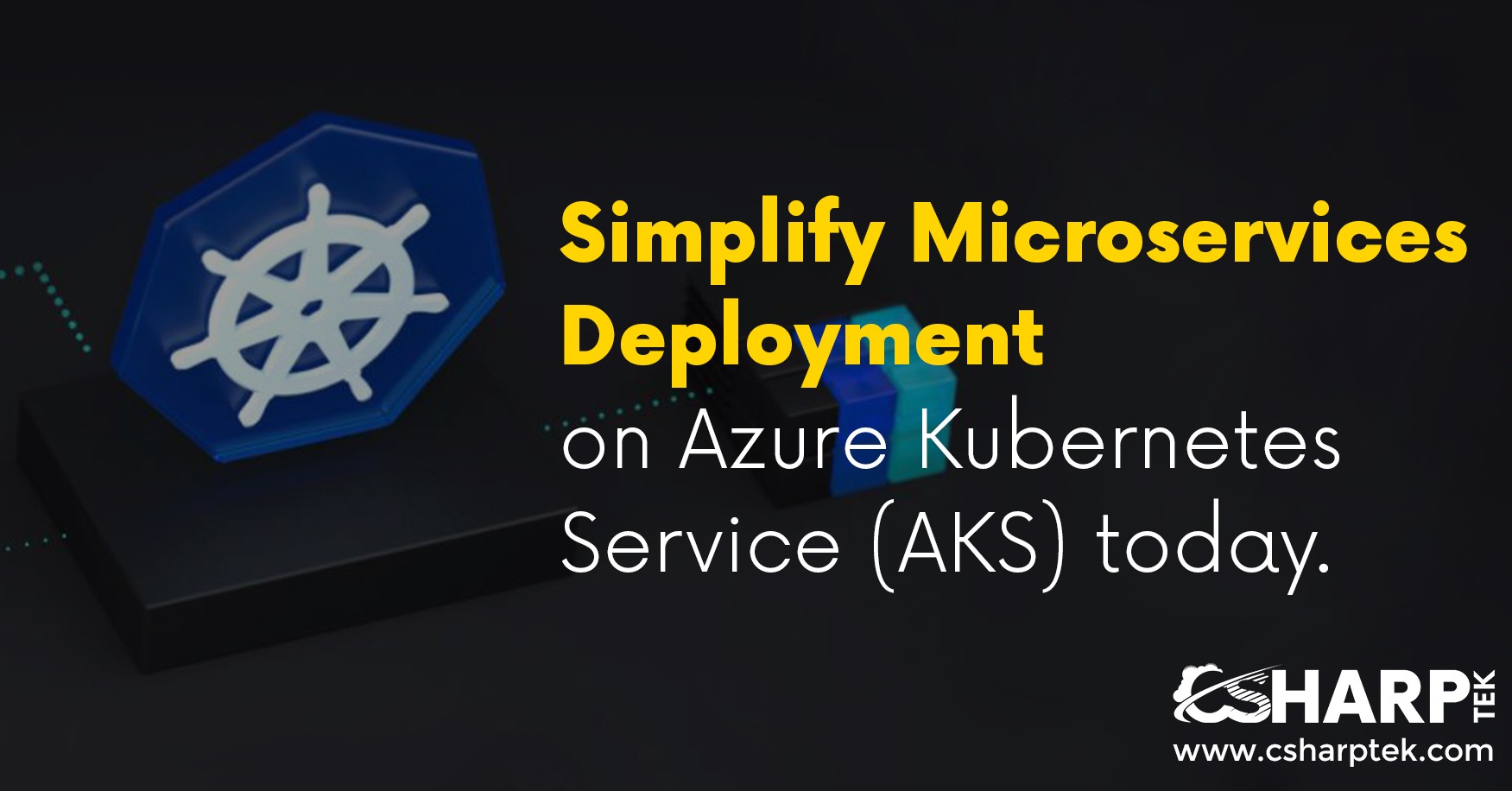Capture the true value of digital technology
We are Microsoft partners and excel in cloud operations, digital transformation and engineering services. At Csharptek, we believe in technological progress – that strides in digital technology, business intelligence and science can lead to better business outcomes, save costs and better human lives. We are at the forefront of innovation and help clients explore the evolving world of cloud and digital technology. We adopt an agile approach to technology, have the business intelligence, technological know-how and next-gen expertise to deliver unprecedented solutions to improve service performances and ensure customer delight.
Contact UsContact Info
- 199/A, Mandaliya Nagar, Bariatu, Ranchi
- +91-9334646668
- info@csharptek.com
- Week Days: 09.00 to 18.00 Saturday and Sunday: Closed
Strategies for a Seamless Migration to Kubernetes
A Comprehensive Guide
- Manjika Tantia

Introduction
Kubernetes has emerged as the preferred choice for container orchestration since its inception in 2014, with organizations globally relying on it for the deployment and maintenance of applications. However, transitioning existing applications to run on Kubernetes can be a challenging endeavour, especially for those who haven't undertaken such a migration previously.
Migrating to Kubernetes
Before embarking on the migration journey, it is imperative to assess whether Kubernetes aligns with your organizational goals, whether they be cost savings through automation, increased scalability, or accelerated development. A well-defined plan is essential to ensure a smooth transition and minimize downtime.
A recommended migration framework comprises the following phases:
1. Assess:
• Conduct a thorough analysis of the current infrastructure and applications, identifying VMs, configurations, dependencies, and technologies in use.
• Evaluate technical aspects, processes, and application lifecycle management procedures.
• Define the desired state for the Kubernetes-based platform and identify gaps between the current setup and the target Kubernetes environment.
• Create an initial time estimate for the migration process, considering factors such as the number of VMs, complexity, data volumes, and storage.
2. Rationalize:
Based on the assessment, choose a migration strategy that aligns with your objectives:
• Rehost (Lift and Shift): This straightforward strategy involves moving existing applications to the cloud without significant architecture or code changes. Quick and cost-effective but may not fully leverage Kubernetes native features.
• Replat form: Upgrade applications to utilize cloud-native features early on, deploying them through Kubernetes native resources like deployments via yaml and Helm charts.
• Refactor: The most labour-intensive strategy involves upfront work to ensure applications adhere to cloud-native best practices, allowing optimal utilization of Kubernetes orchestration capabilities.
3. Prepare:
• Ensure everything is ready for container deployment on the Kubernetes platform.
• Conduct technical feasibility tests to address challenges identified during the assessment phase.
• Document findings and solutions, creating a shared knowledge base for addressing technical challenges.
4. Pilot:
• After thorough preparation, initiate a pilot migration to test parts of the application and validate that everything functions as expected.
• Document all steps, issues encountered, and resolutions during the pilot phase.
• Validate the success of the pilot before proceeding to the final migration phase.
5. Scale:
• Utilize insights gained from the pilot phase to scale applications and systems onto Kubernetes.
• Coordinate team efforts to ensure a well-structured deployment system with minimal downtime.
• Continuously monitor application status and fine-tune the migration process as needed.
Conclusion:
In conclusion, implementing these strategic steps ensures a systematic and successful migration to Kubernetes. For organizations considering Csharptek Kubernetes, meticulous planning is paramount. Expert consultations can provide valuable insights into the migration process and cost implications, paving the way for a seamless transition and the realization of Kubernetes' full potential.
- Share This Post :
- Tweet





Contact Us